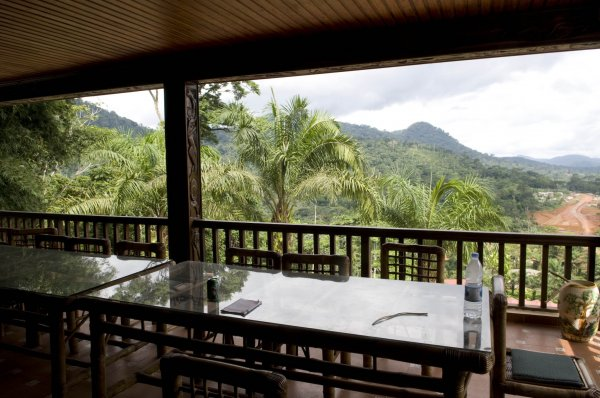
Equatorial Guinea is committed to promoting alternative, clean and sustainable tourism.
Such tourism takes care to protect the country’s nature and diversity of fauna and flora, one of the richest in West Africa. Ecotourism minimises the negative aspects of conventional tourism on the environment and enhance the cultural integrity of local people.
This type of tourism flourishes in Equatorial Guinea due to its location in an area of Central Africa known for its biodiversity; the region has the second largest forest in the world and is the most bio-diverse area after the Amazon, providing a ‘green lung’ for the African continent. The diverse flora of the country is contained in 13 protected areas, which include natural parks, scientific reserves, natural monuments and wildlife sanctuaries.
To protect all this natural wealth, in 2012 the Government of Equatorial Guinea launched a new campaign that aims to raise awareness about the country’s natural treasures. The government of Equatorial Guinea remains committed to the preservation and conservation of the natural environment, and has gone to great lengths to ensure that this is not made vulnerable by the country’s increasing urbanisation and modernity.
Despite being one of the smallest countries in Africa, Equatorial Guinea has one of the most diverse landscapes and greatest biodiversity in the continent. The region ranges from clear beaches with black volcanic sands to vibrant rainforests and towering mountains. At least three-quarters of the inland region of Equatorial Guinea is covered by forest, mostly dense tropical jungle characterised by outstandingly tall plant life. The natural fauna of the region includes antelopes, big cats, elephants, hippos and manatees, but the most well-known are the diversity of primates, including gorillas, chimpanzees and mandrills. Reptiles are also a key element of Equatorial Guinea’s biodiversity, with four species of sea turtles living along the coast.
